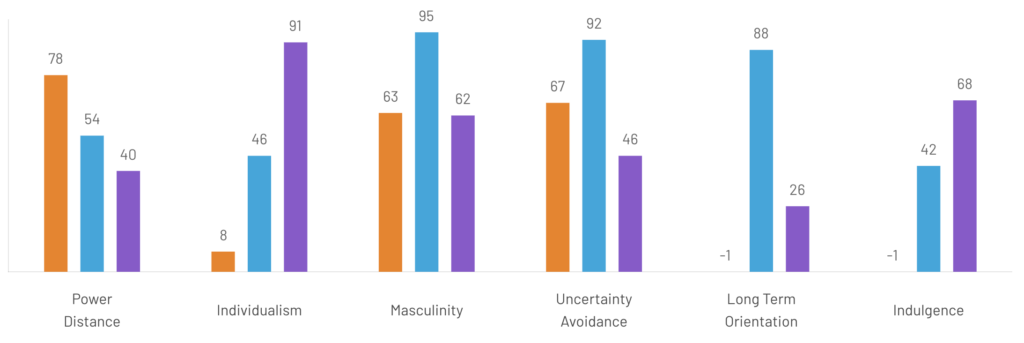
Lena is a friend of mine who happens to be German, and was a student at Humboldt Universität in Berlin. However, national boundaries have never really been an issue for her: alongside traveling all across Europe, she’s also had extended stays in South Korea and the United States. I figured she’d be an ideal candidate for a conversation about the cultural stereotypes surrounding American students.
The main thing that stood out to her was school spirit. When she thought of American college kids, they were always wearing university-branded merchandise, attending pep rallies or football games, and going to a ton of extracurricular activities. I suppose this is understandable, given all the movies taking place on college campuses; Lena cited Legally Blonde (2001) and House Bunny (2008) as her main inspirations. I can’t say that I’m familiar with either movie, so I can only hope that they’re faithful ambassadors of American culture.
Lena thought that American school spirit had both advantages and disadvantages. On the one hand, it seemed to be a great way to bond with others, given the preexisting community which greets you when you set foot on the quad. On the other hand, she worried about the kind of peer pressure and conformity that would come from such a powerful campus culture. Indeed, the extent of the relationship between European students and their universities is their commute to campus and then their time in the classroom. For them, the university is primarily an institution dedicated to learning, and only secondly a cultural hub. I think that this would lend European uni students a higher sense of independence, as they are able to more freely choose the activities and friends they want to engage with.
This paints a fairly accurate picture of Notre Dame. I always thought of ND as a very traditional college , with a very strong sense of school spirit. Most of my peers certainly embody this stereotype, and I’ve personally seen both the advantages and disadvantages of school spirit play out in my four years here. However, it was certainly interesting hearing this same perspective from across the Atlantic.


